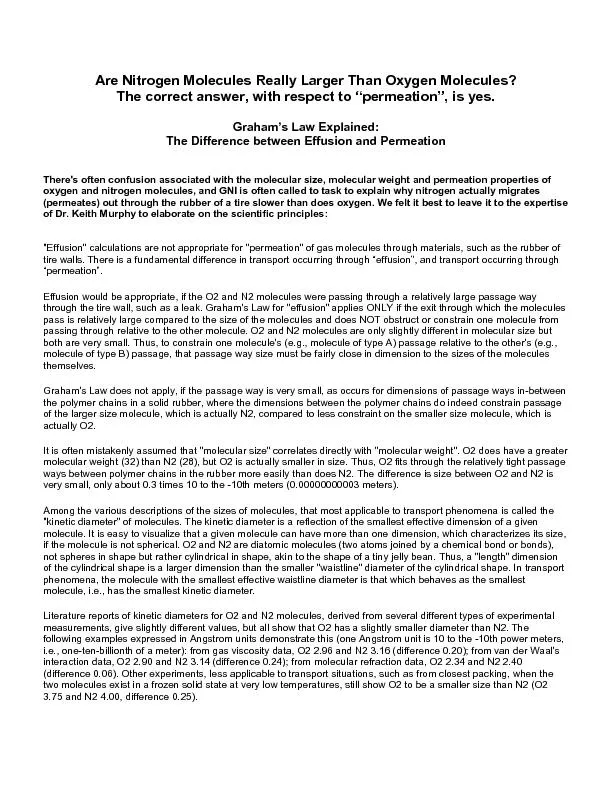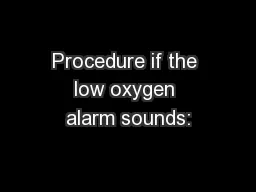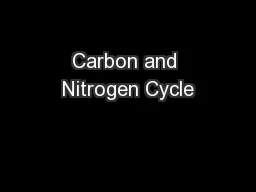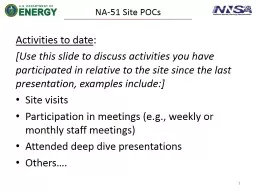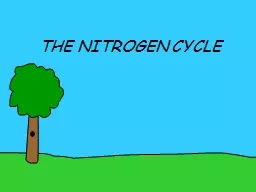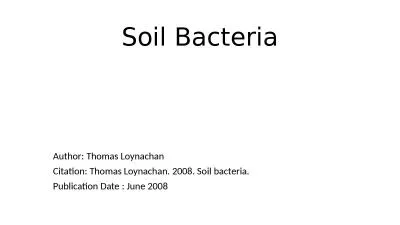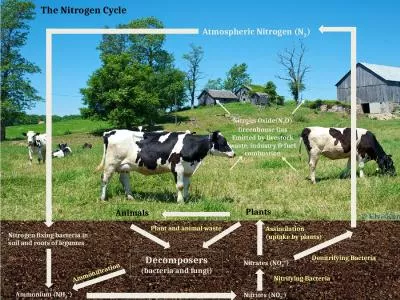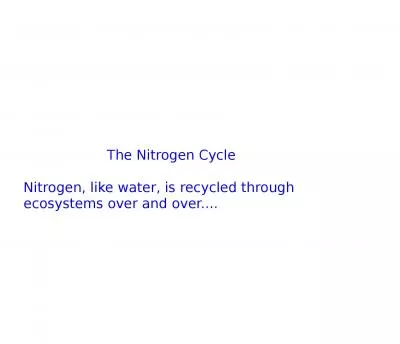PDF-Are Nitrogen Molecules Really Larger Than Oxygen Molecules? ect to
Author : conchita-marotz | Published Date : 2016-07-01
The reason that O2 despite a larger MW 32 has a smaller diameter than N2 MW 28 lies in the electronic structure of the molecules As indicated by quantum mechanical
Presentation Embed Code
Download Presentation
Download Presentation The PPT/PDF document "Are Nitrogen Molecules Really Larger Tha..." is the property of its rightful owner. Permission is granted to download and print the materials on this website for personal, non-commercial use only, and to display it on your personal computer provided you do not modify the materials and that you retain all copyright notices contained in the materials. By downloading content from our website, you accept the terms of this agreement.
Are Nitrogen Molecules Really Larger Than Oxygen Molecules? ect to : Transcript
Download Rules Of Document
"Are Nitrogen Molecules Really Larger Than Oxygen Molecules? ect to "The content belongs to its owner. You may download and print it for personal use, without modification, and keep all copyright notices. By downloading, you agree to these terms.
Related Documents

